Dell recently announced the Wyse 3040, its smallest, yet still powerful, thin client to date. Size wise, it is only 1.1 inches tall, 3.75 inches wide and deep, and weighs 0.53lbs. Though diminutive in size, the 3040 sports an Intel Atom X5 1.44GHz quad-core processor that supports up to 2GB DDR3 RAM and 8GB flash. The system also includes four USB ports (one that is USB 3.0) and two DisplayPort connections. Of course the Wyse 3040 is compatible with all major virtualization software including Citrix XenDesktop, Microsoft RDS and VMware Horizon.
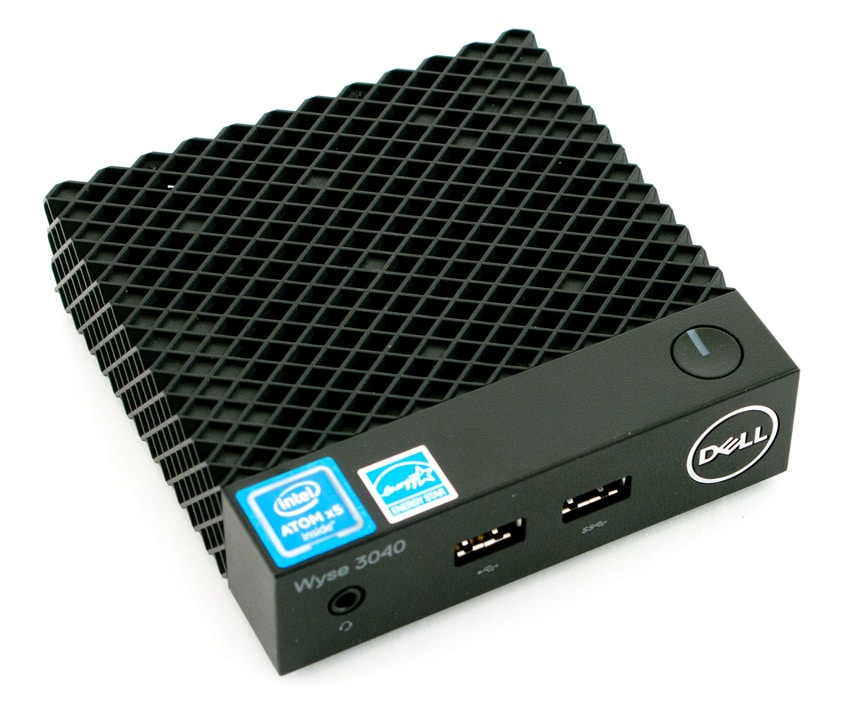
At StorageReview we tend to zero in on how many features something has or what type of high level performance something can deliver. With the WYSE 3040 the features are muted a bit to make it cost-effective while delivering the right amount of performance for the needs of the end user. In order to do this the WYSE 3040 leverages Wyse ThinOS. This operating system is specifically designed for virtual computing environments and is certified to work with Citrix, Microsoft, VMware, as well as other Dell ecosystem partners.
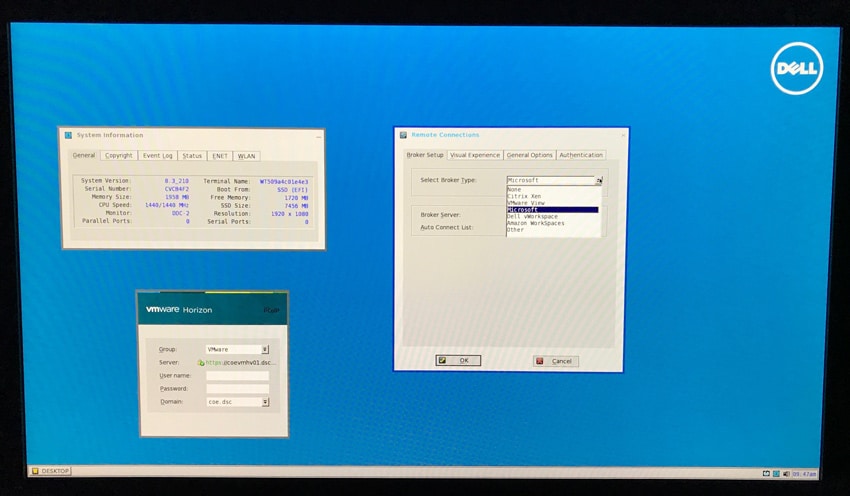
ThinOS comes loaded down with security features such as having an un-published API and zero attack surface making it resistant to viruses and malware. The OS supports security and encryption methods such as TLS 1.2 with AES. And it supports 802.1x wired and wireless authentication security protocol suite. On top of it being secure, it is also easy to setup and manage, making it an attractive option for organizations with limited IT resources.
The Dell WYSE 3040 comes with a 3-year warranty and starts at $329.
Wyse 3040 Specifications
- OS:
- Wyse ThinOS (with optional PCoIP support)
- Wyse ThinLinux
- Display: Dual display support (2560×1600 @ 60Hz)
- Power: Under 5 Watts power consumption
- Ports
- 3 USB 2.0
- 1 USB 3.0
- 1 Audio-mic combo jack
- 2 DisplayPort
- 1 RJ45
- Connectivity:
- 10Mb/100Mb/1Gb Copper RJ45 (Wired Ethernet),
- Dual band 802.11 a/b/g/n/ac wireless option and Bluetooth option (coming soon)
- Multimedia:
- Audio-mic combo jack
- Integrated speakers
- Memory: 2GB RAM
Design and Build
As most thin clients, the 3040 isn’t terribly complicated. Even so, it has a nice design ID that will easily blend into any professional setting. Of course given it’s size, the unit may not be seen at all, as it can easily be mounted ot the back of a display.
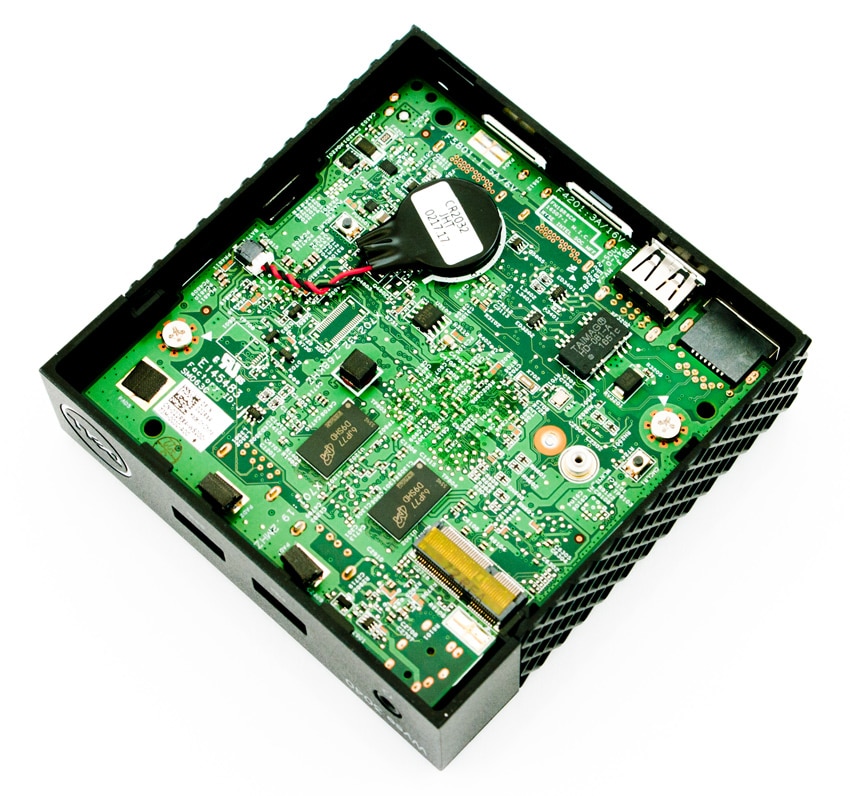
Across the front, the 3040 has a composite audio jack, USB 2.0 and USB 3 ports.
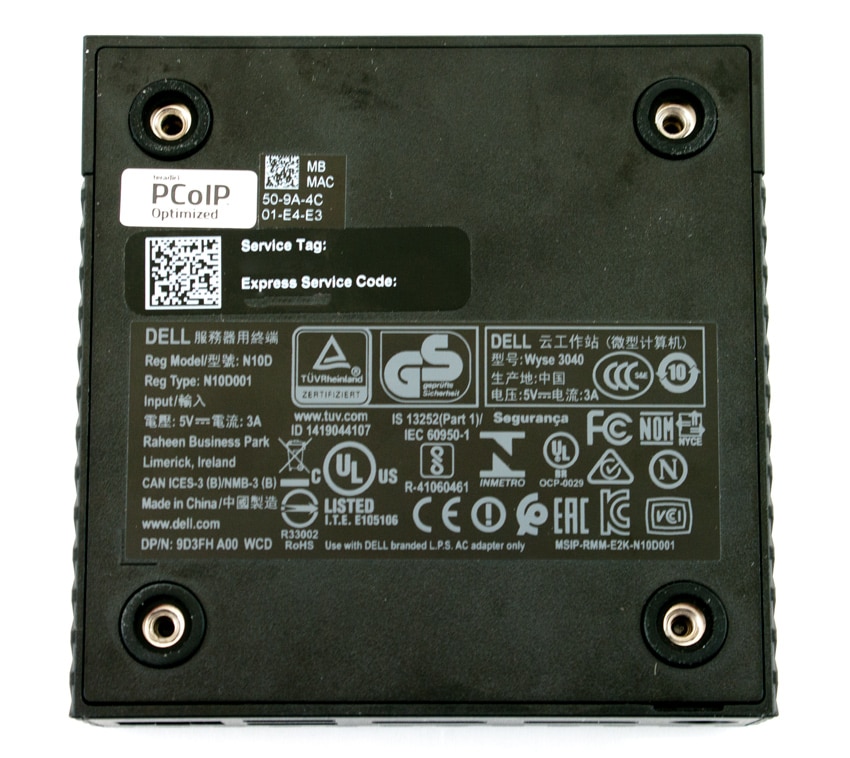
Around the back of the unit are the power, dual DisplayPort, two USB 2.0 and RJ45 1GbE connections.
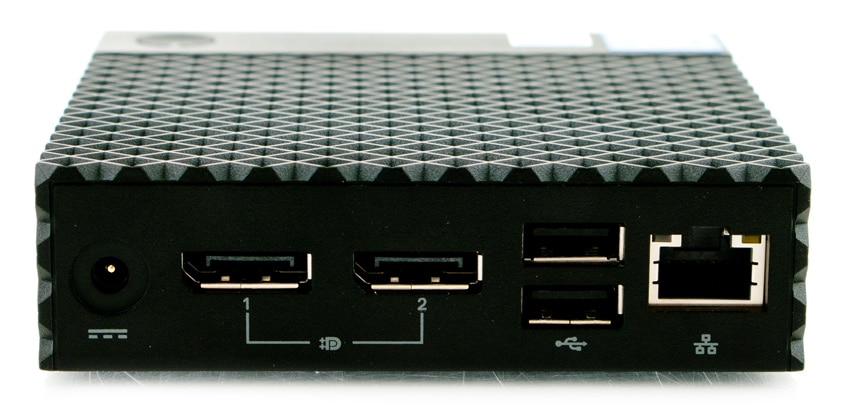
The top of the unit features a stacking diamond design that is perforated to allow for heat exhaust. The top right corner also has the power button. Should there be a need to access the internals of the 3040, the lower plate can be removed without tools to access the expansion port. The right side also houses the Kensington lock slot.
Performance
To test the Dell WYSE 3040, we connected it to a VM hosted by Dell, giving us a remote WAN VDI experience. For our performance we ran the SPECviewperf 12 benchmark. The SPECviewperf 12 benchmark is the worldwide standard for measuring graphics performance based on professional applications. SPECviewperf runs 8 benchmarks it calls “viewsets,” all of which represent graphics content and behavior from actual applications. These viewsets include: CATIA, Creo, Energy, Maya, Medical, Showcase, Siemens NX, and Solidworks.
| SPECviewperf 12 | ||
|---|---|---|
| Viewsets | Dell WYSE 3040 | Dell OptiPlex 7040 |
| catia-04 | 33.36 | 20.46 |
| creo-01 | 22.13 | 17.00 |
| energy-01 | 0.13 | 0.74 |
| maya-04 | 15.68 | 16.69 |
| medical-01 | 5.89 | 5.15 |
| showcase-01 | 24.34 | 9.03 |
| snx-02 | 10.10 | 7.20 |
| sw-03 | 29.20 | 35.38 |
While we don’t have other thin client data we can share at the moment, we did compare the 3040 to another Dell product, the SFF workstation OptiPlex 7040. As one can see form the chart above, the Thin Client can hold its own against a lower end workstation, beating it in a handful of categories such as CATIA, Creo, Medical, Showcase, and Siemens NX (mostly due to the sever offload not the CPU in the 3040).
Conclusion
The Dell WYSE 3040 is the company’s smallest entry-level thin client. Dell has managed to pack plenty of connectivity into the little footprint, four USB ports, an Intel Atom X5 1.44GHz quad-core processor, up to 2GB of DDR3 RAM, and 8GB of onboard flash. The 3040 can support two monitors and its ThinOS operating system comes with ample amounts of built in security. The thin client would be ideal for areas such as customer service where the end user could benefit from two monitors but doesn’t need a ton of computing power at their end.
Not having another set of Thin Client data that we are ready to share at the moment, we compared the WYSE 3040 to a lower end, yet still powerful workstation in the Dell OptiPlex 7040. While the 3040 only truly outshined the 7040 on one viewset, Showcase, for the rest of the test it either ran near or ahead of the workstation. These numbers mean that it should pack more than enough of a performance punch for most office use cases. And it delivers this performance for a much lower starting cost and all of the security benefits inherent in ThinOS.




 Amazon
Amazon